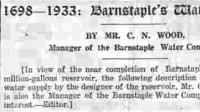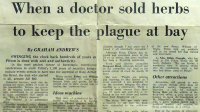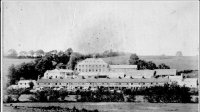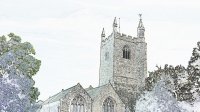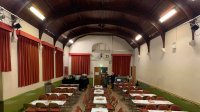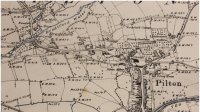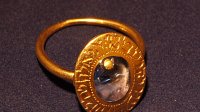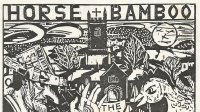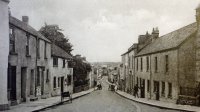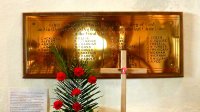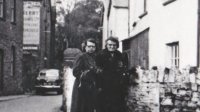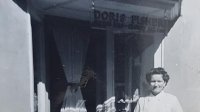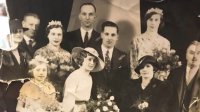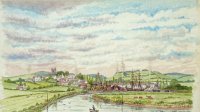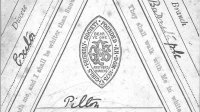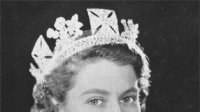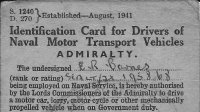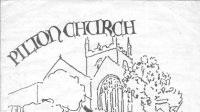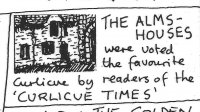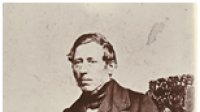Documents
Were our Victorian children well fed and clothed? Only if they were the lucky ones, born into wealth and comfort. The vast majority in Pilton lived in cold, damp houses, often ten or more people to a two-bedroomed cottage, water from a shared outside tap with a shared outside toilet. There was no gas or electricity in poor homes – candles and occasionally oil lamps were the only source of light and heat was from the solid fuel cooking range.
What did the children do when they were not at school? Mostly they would make themselves useful – chopping wood, running errands, minding younger children, and there was also part-time employment from a young age in the lace factory at Raleigh. They were often cold and hungry, never having new clothes to wear, and above all, having little prospect of rising above the poverty trap. The well-heeled ladies of the parish were concerned about the drunkenness of the working men. An opportunity arose to attempt a change for the better, when in the 1880s, the Unicorn Inn, now the Pilton Church Hall, was sold. The ladies decided to support the growing temperance movement by turning the building into a coffee house and reading room for working men.
It was soon after this that the Band of Hope was introduced in Pilton, presumably in an effort to influence the children. In 1897 children were charged a penny to attend with the promise of a cup of tea. Soon afterwards it was disbanded in Pilton – perhaps as a result of the charge being boycotted. The children of Pilton were never again used as pawns in an effort to change the lives of their parents, for whom drink was the only respite from the miseries of poverty and hopelessness.
For more detailed information open the attached file.




